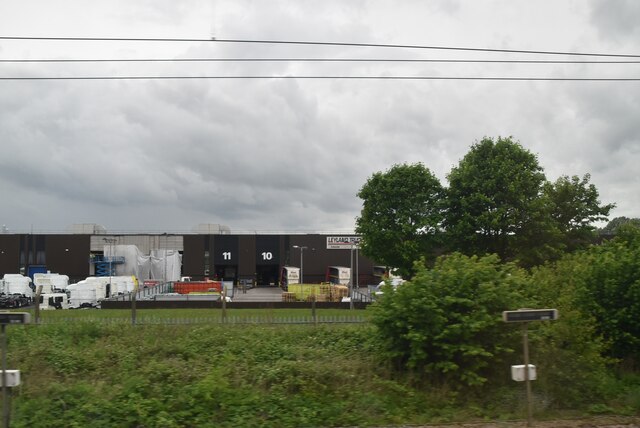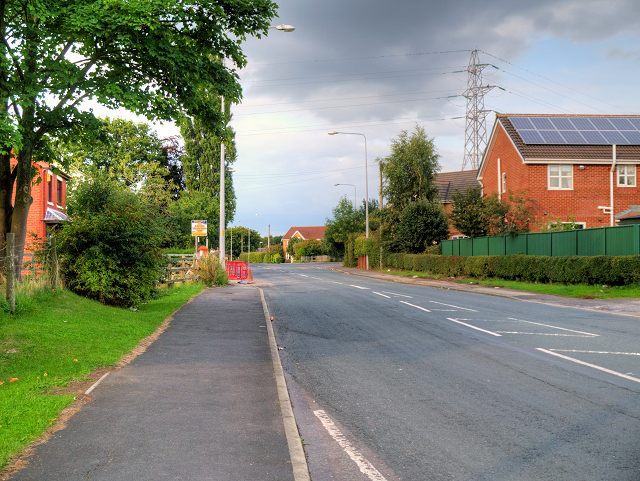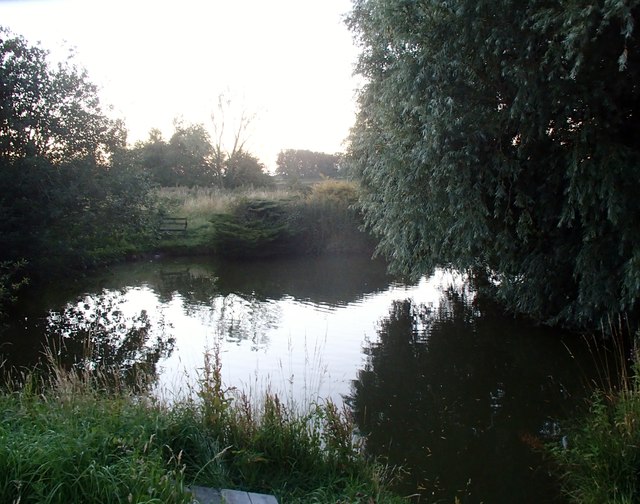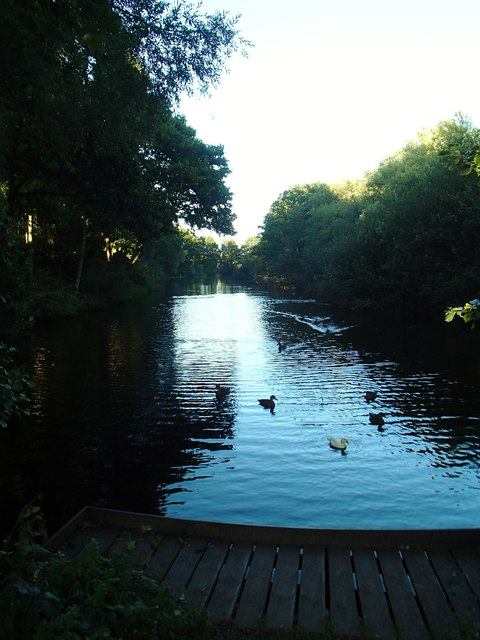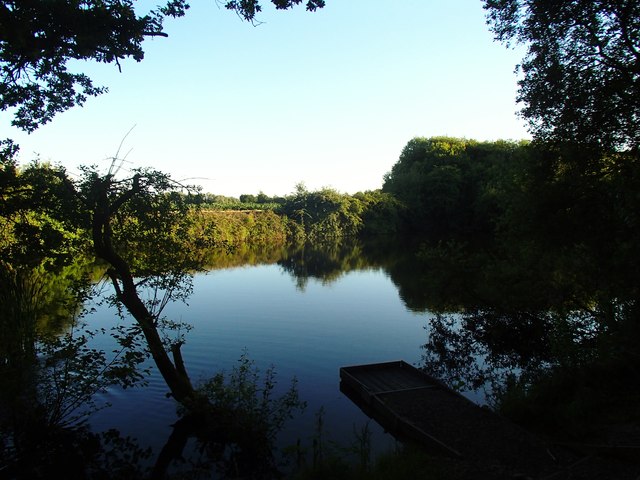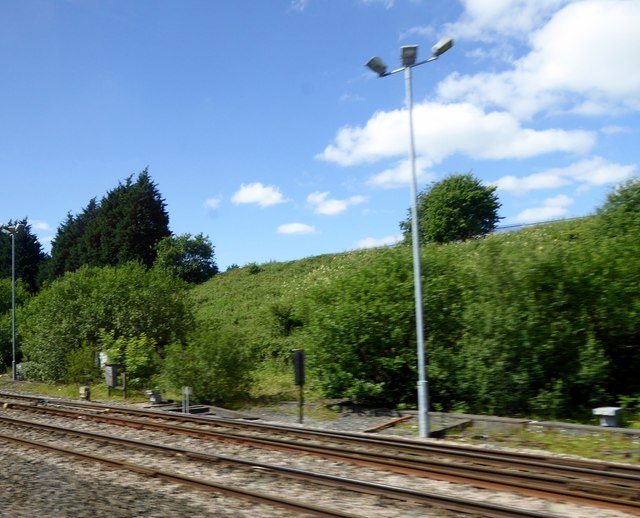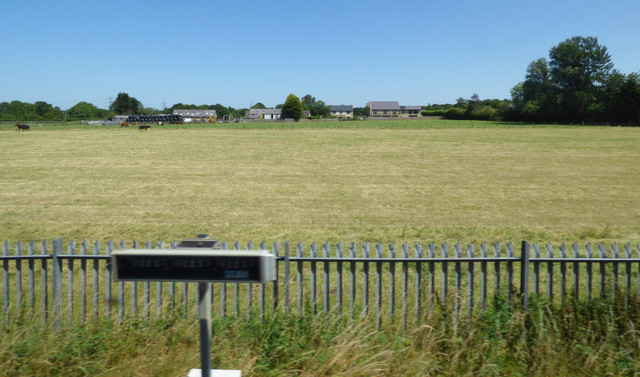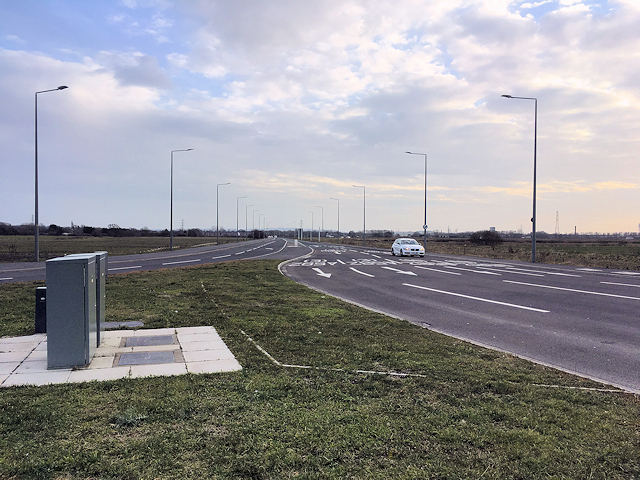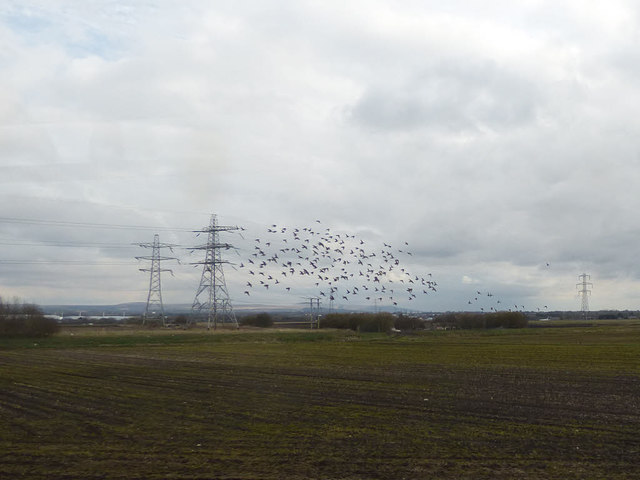Farington Moss
Settlement in Lancashire South Ribble
England
Farington Moss
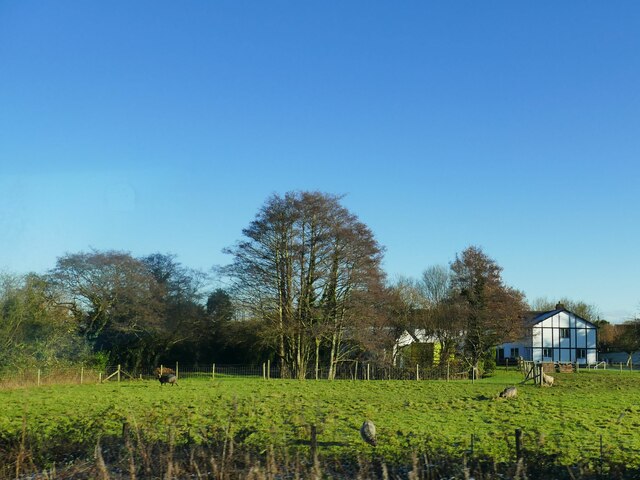
Farington Moss is a small village located in the county of Lancashire, England. Situated just south of Leyland, it is part of the South Ribble borough. The village is nestled within a rural landscape, characterized by vast expanses of farmland and meadows.
Farington Moss is known for its rich history, dating back to medieval times. The village was originally established as an agricultural community, relying heavily on farming and dairy production. Over the years, Farington Moss has evolved into a residential area, attracting families and individuals seeking a peaceful countryside lifestyle within close proximity to urban amenities.
The village is home to a small but close-knit community. It features a range of housing options, including traditional cottages and more modern dwellings. Farington Moss benefits from excellent transport links, with easy access to major roads such as the M6 and M61, making it a convenient location for commuters.
For recreational activities, residents and visitors can explore the surrounding countryside, enjoying picturesque walks and cycling routes. The nearby Worden Park provides an abundance of green spaces, woodlands, and gardens to relax in. The park also hosts various events and festivals throughout the year, attracting visitors from across Lancashire.
In terms of amenities, Farington Moss offers a range of local shops, schools, and healthcare facilities. There are also several dining options, including traditional pubs and restaurants, providing a taste of local cuisine.
Overall, Farington Moss is a charming village that offers a tranquil rural setting while still providing easy access to nearby towns and cities. With its rich history, beautiful landscapes, and strong sense of community, it is a popular destination for those looking to escape the hustle and bustle of urban life.
If you have any feedback on the listing, please let us know in the comments section below.
Farington Moss Images
Images are sourced within 2km of 53.71132/-2.721911 or Grid Reference SD5224. Thanks to Geograph Open Source API. All images are credited.

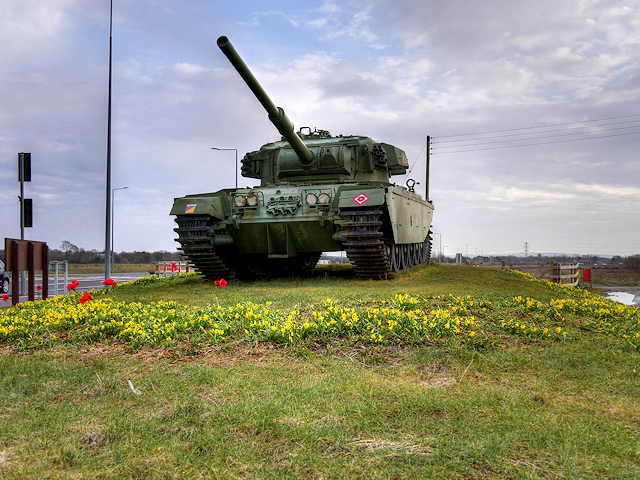
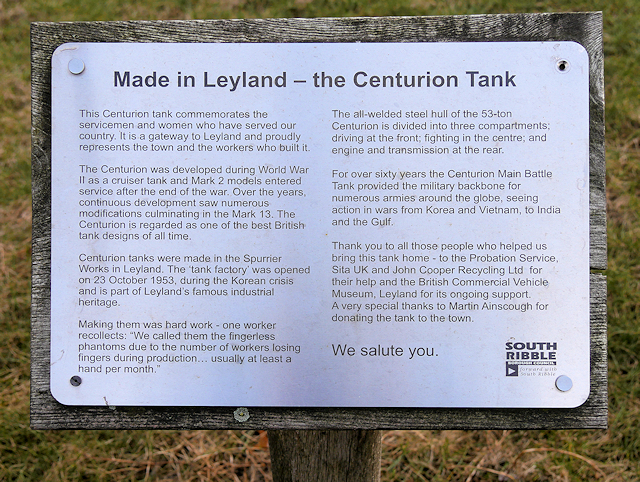
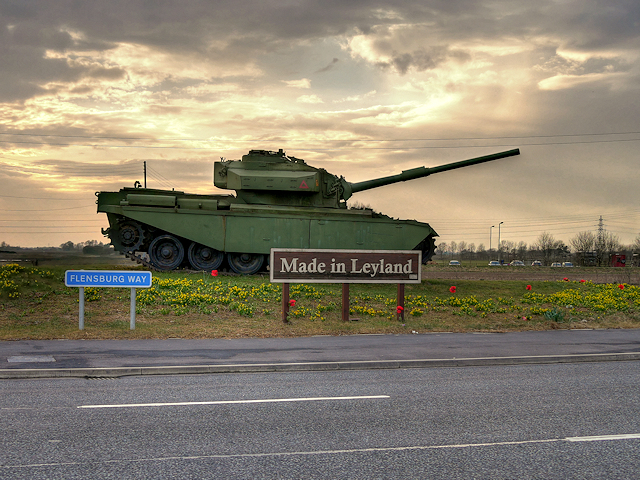
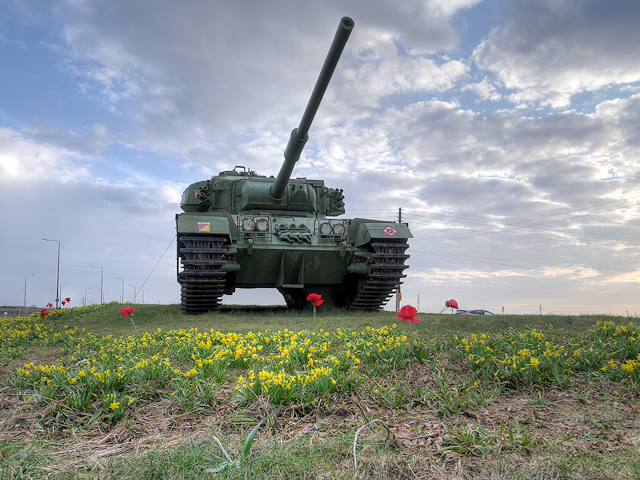
Farington Moss is located at Grid Ref: SD5224 (Lat: 53.71132, Lng: -2.721911)
Administrative County: Lancashire
District: South Ribble
Police Authority: Lancashire
What 3 Words
///panic.stroke.owners. Near Leyland, Lancashire
Nearby Locations
Related Wikis
Farington Moss
Farington Moss is a village approximately two miles to the north of Leyland, Lancashire, England. It is a typical English village with one school and one...
Midge Hall
Midge Hall is a small village on the outskirts of Leyland in the borough of South Ribble, Lancashire, England. Notable features include the Midge Hall...
Whitestake
Whitestake is a small village in the South Ribble district of Lancashire, England, on the eastern edge of New Longton It is at the boundary of the parishes...
St Paul's Church, Farington
St Paul's Church is in the village of Farington Moss, Lancashire, England. It is an active Anglican parish church in the deanery of Leyland, the archdeaconry...
Nearby Amenities
Located within 500m of 53.71132,-2.721911Have you been to Farington Moss?
Leave your review of Farington Moss below (or comments, questions and feedback).
